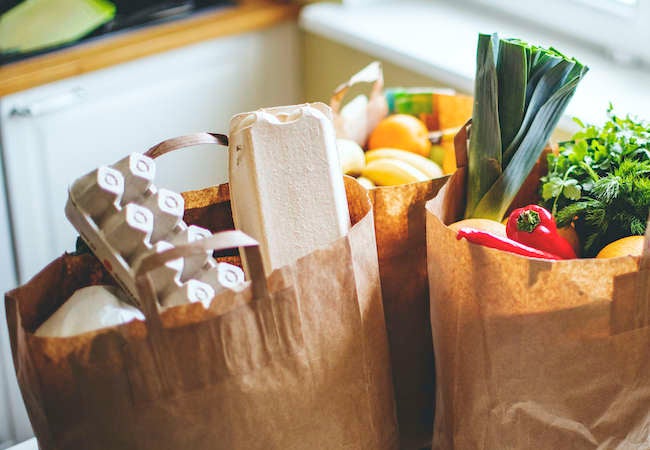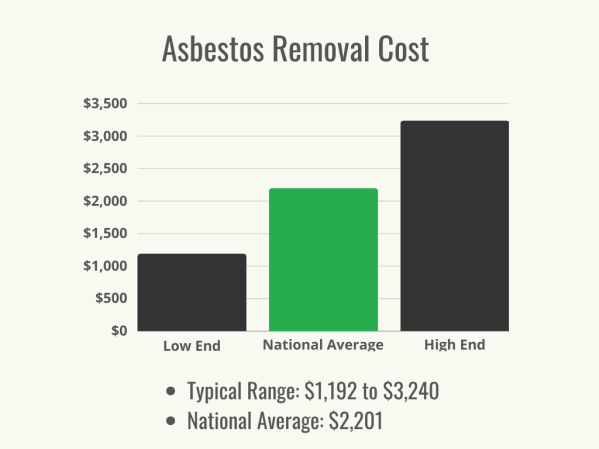We may earn revenue from the products available on this page and participate in affiliate programs. Learn More ›
Yes, You’re Paying More
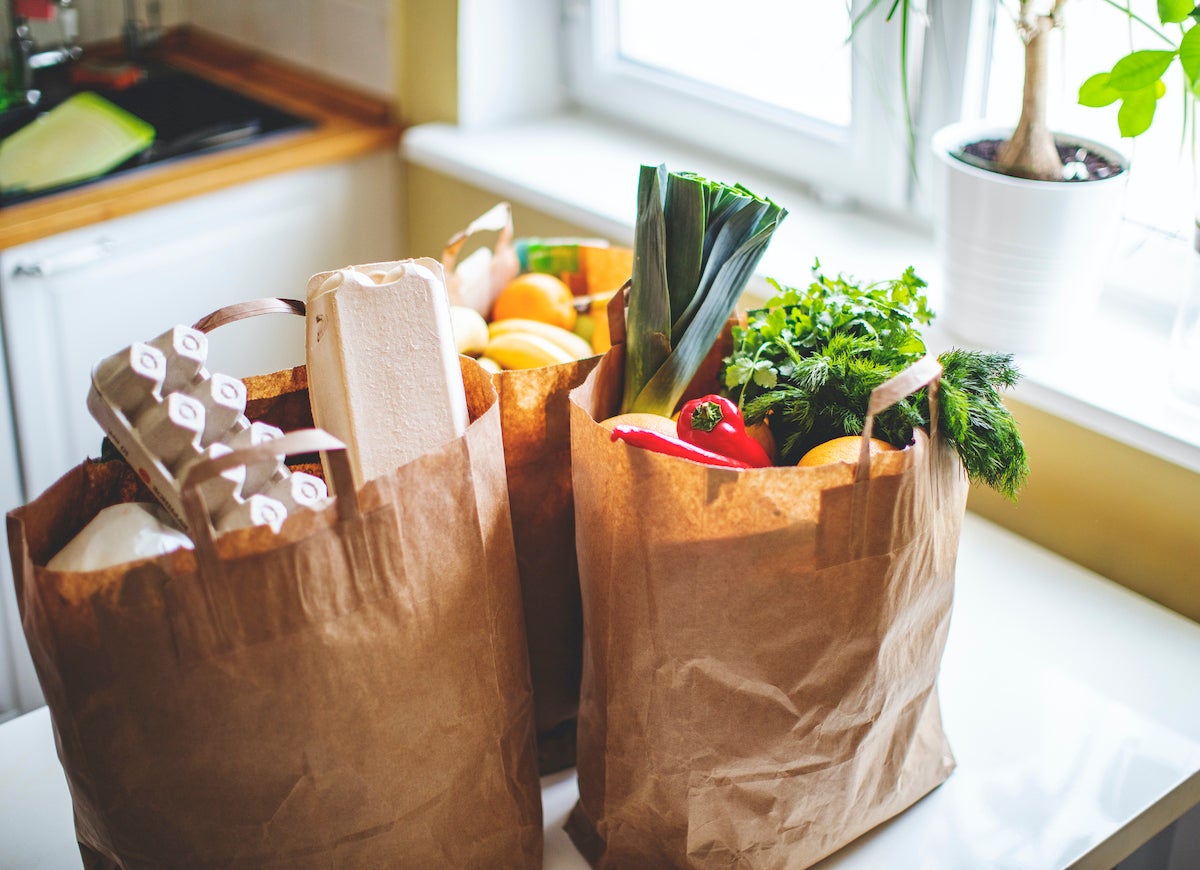
You’re not the only one experiencing sticker shock at the grocery store these days. The price of food, including basics like dairy, meat, and grains, is skyrocketing as a result of both increased demand and supply-chain issues. In fact, groceries were 4.5 percent more expensive in June 2020 than they were in February 2020, the month before many lockdowns went into effect. Here’s a look at 10 grocery items that have had the biggest pandemic price increase, and some potential substitutes.
Eggs

A cornerstone of breakfasts and a key ingredient in many baked goods, eggs have become more expensive, their price shooting up 16.1 percent in April, according to the Bureau of Labor Statistics. The bureau notes the initial increase was due to high demand and consumer panic, as well as the upcoming Easter holiday.
Tip: PCC Community Market, a food co-op in the Seattle area, offers ideas for egg replacements in baking, including ripe bananas, silken tofu, or even a mix of vinegar and baking soda.
Related: 30 Things You Never Buy at the Grocery Store—But Should
Beef

That steak or burger on the grill cost you more in April 2020 than it did just three months earlier, and the cost of beef rose more than 20 percent from March to June 2020. That increase was largely due to the declining meat supply as meatpacking plant closures swept through the country, according to the USDA.
Tip: To stretch your grocery dollar further, try adding mushrooms, lentils, or black beans to your burger, taco meat, or meatloaf mix.
Flour and Bread
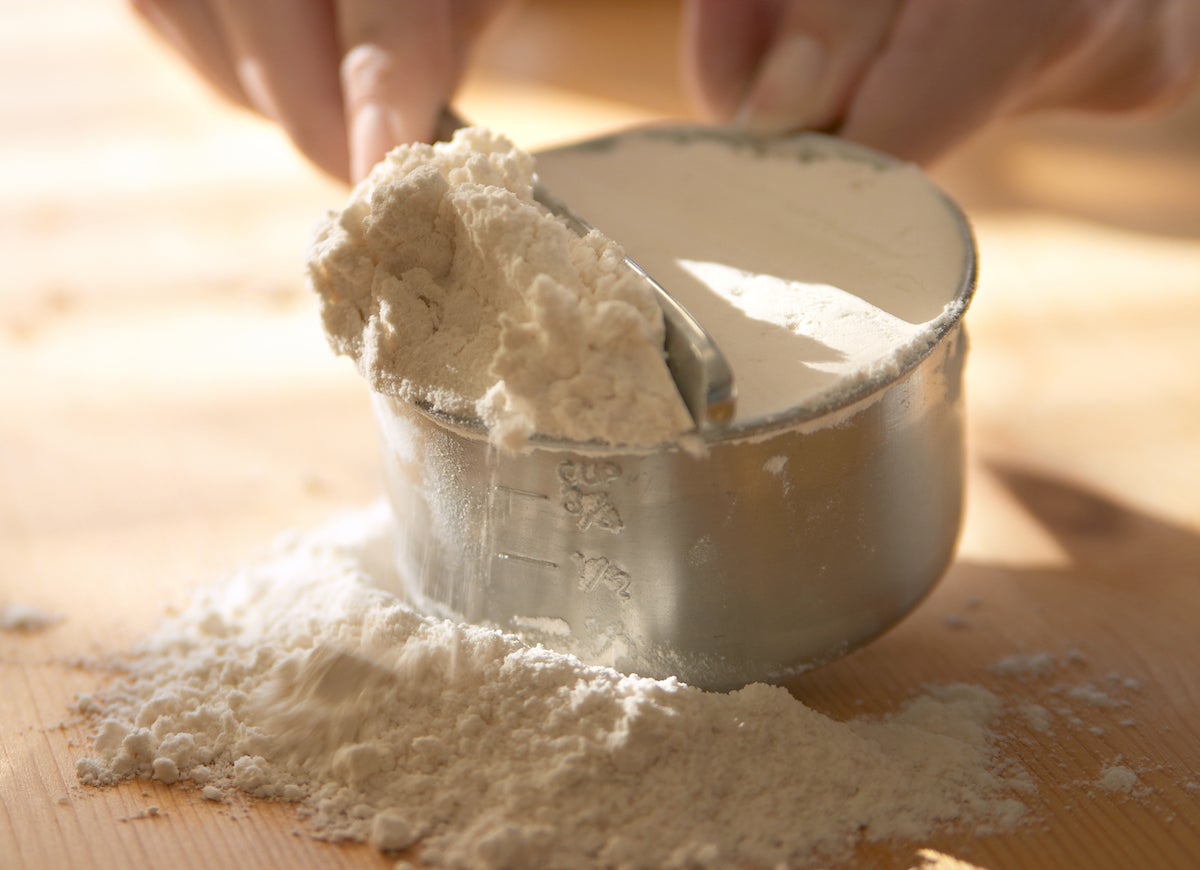
More people staying home meant more people baking during the pandemic. This spring, flour companies saw record sales as customers stocked up on baking supplies. The cost of flour increased in April by 1 percent, while bread prices rose 2.3 percent, according to the USDA.
Tip: If all-purpose flour isn’t available, try oat, rice, or almond flour for your home-baked goods.
Related: 11 Ways to Make Your Groceries Go Further
Pork
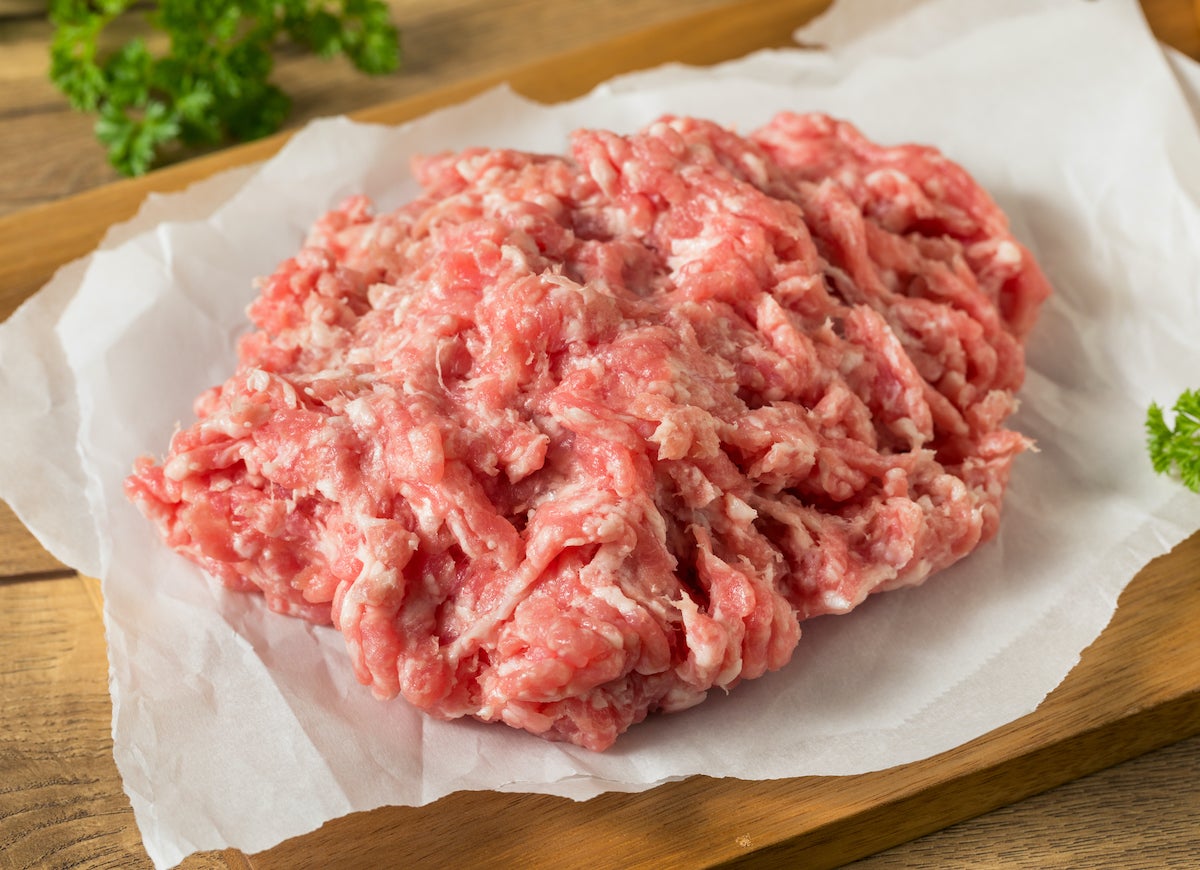
The price of pork products, including pork roasts, bacon, sausage, and chops, rose dramatically during the first half of 2020. Pork prices are up 6.1 percent year to date, the USDA reports, most likely a consequence of the pandemic’s effect on meat-processing plants. The USDA says pork production in the United States was down 10 percent this spring from its level in 2019.
Canned Tuna
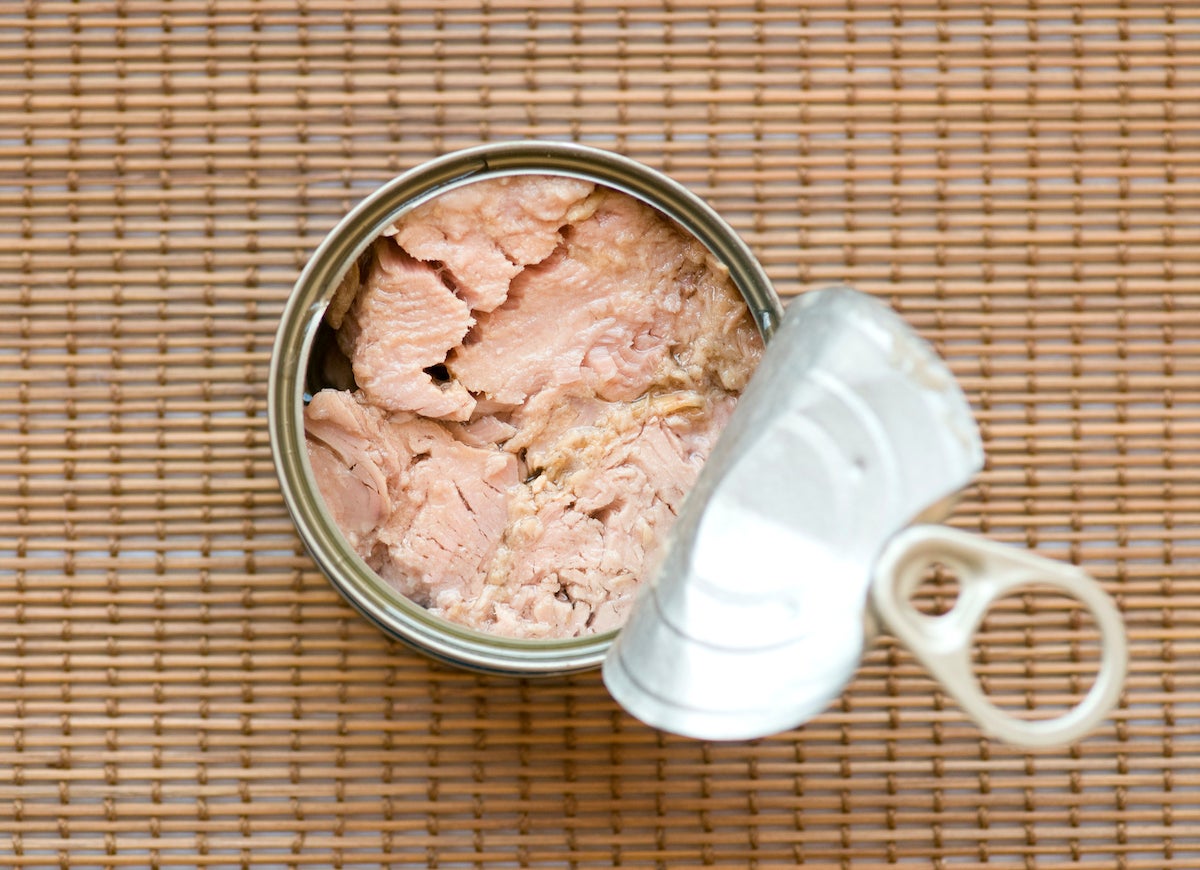
Sales of canned tuna escalated during the first half of the pandemic, as more people were eating lunch at home and looking for affordable meal ideas. The Wall Street Journal reports wholesale prices for tuna were up 41 percent in May 2020 compared with the same period in 2019. By contrast, sales of fresh and frozen seafood plunged, according to the Food and Agriculture Organization of the United Nations. “By April 2020, sales at restaurants and hospitality trade plummeted by 80 to 90 percent worldwide,” as many countries banned in-person dining as part of their lockdown measures, the organization notes on its website.
Non-Alcoholic Carbonated Drinks

Soda drinkers and carbonated water lovers may have noticed their favorite beverages became a bit pricier after the pandemic hit. An increase in demand translated into a price increase of 3.6 percent for these non-alcoholic beverages between March and June 2020, according to the Bureau of Labor Statistics.
Tip: For those looking to save money on soda in the long run, the SodaStream sparkling water maker allows you to whip up fresh soda at home anytime, and they sell a variety of flavors—or you can make your own.
Dairy

The price for dairy products, including milk, cheese, and yogurt, increased 5.7 percent from May 2019 to May 2020, according to the Bureau of Labor Statistics. Yet despite the increases, the pandemic was a roller coaster for dairy farmers, as many production facilities were unable to adjust their operations to keep up with the changing needs caused by the pandemic. “Because demand for raw milk by dairy product manufacturers was very low, some dairy farmers could not find a market for their product, seeing no other option but to dump their perishable inventory rather than ship it for further processing,” the Bureau of Labor Statistics reports.
Poultry

A weekly must-have for many families, chicken and other poultry saw price increases this year, with prices up 5.1 percent over their level in 2019, according to the USDA. “Slaughterhouses have recouped much of the lost slaughter capacity that occurred as a result of the pandemic, and prices are expected to continue to decrease through 2020,” yet at a slower rate than they did in the spring, the USDA says of meat prices in general, including poultry.
Cereals and Packaged Baked Goods

Did you find yourself buying more cereal and packaged baked goods during the pandemic? If so, you paid more than you did just a few months earlier. The USDA reports the price for cereals and bakery items rose 2.9 percent in April 2020, the category’s largest monthly increase ever recorded by the Bureau of Labor Statistics.
Fruits and Vegetables
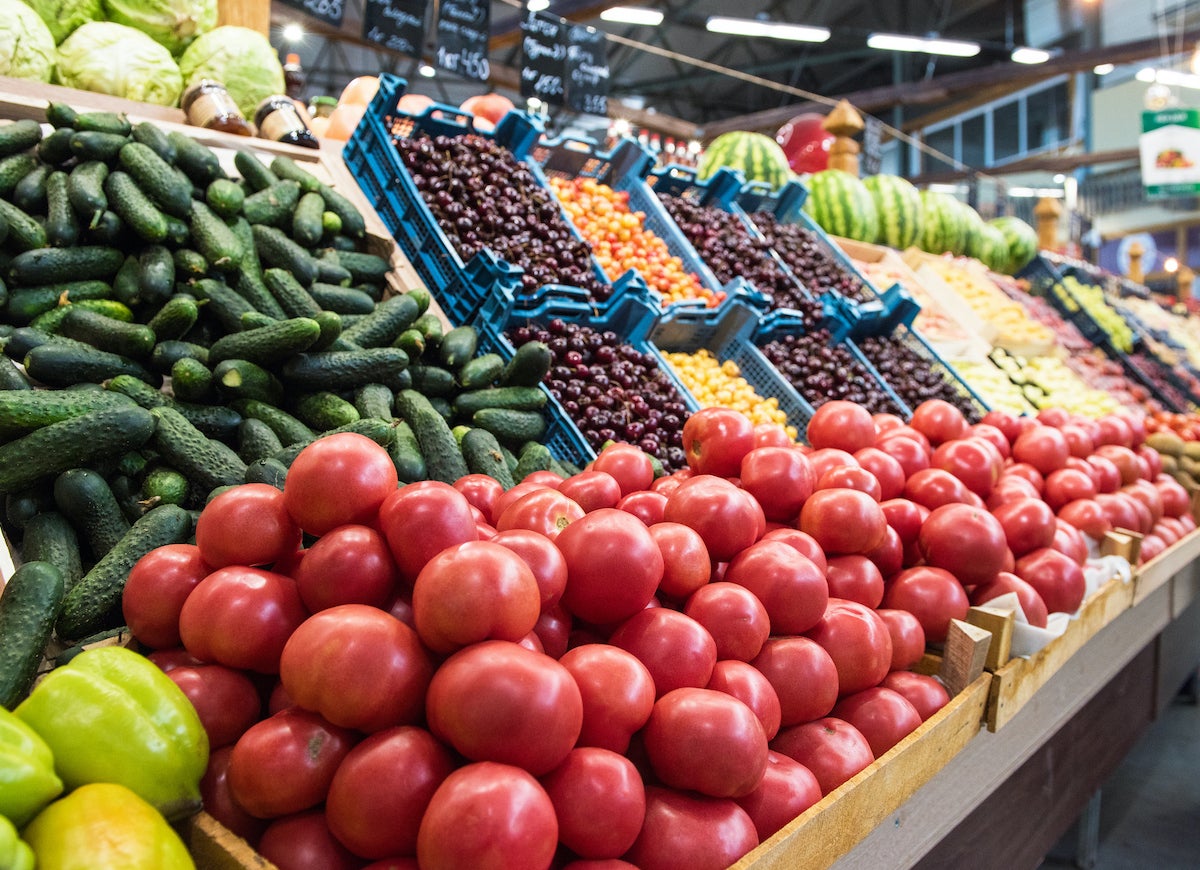
If you thought you were paying a bit more for fruits and vegetables during the pandemic, you’re right. The consumer price index for fruits and vegetables for March through June 2020 was up 2.5 percent, according to the Bureau of Labor Statistics.
Tip: Because frozen produce retains nearly all its nutrients and keeps well longer than fresh when stored properly, frozen fruits and vegetables are a good choice for those staying home during the pandemic.

